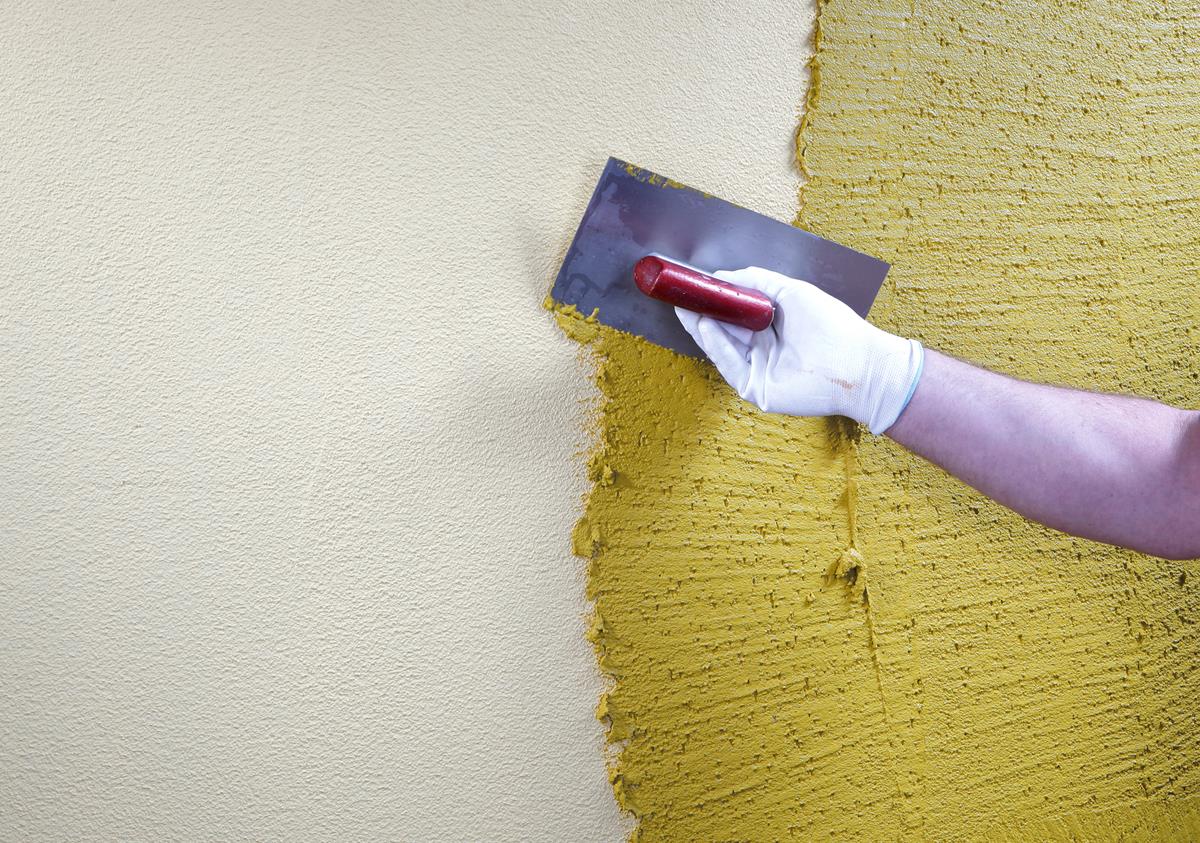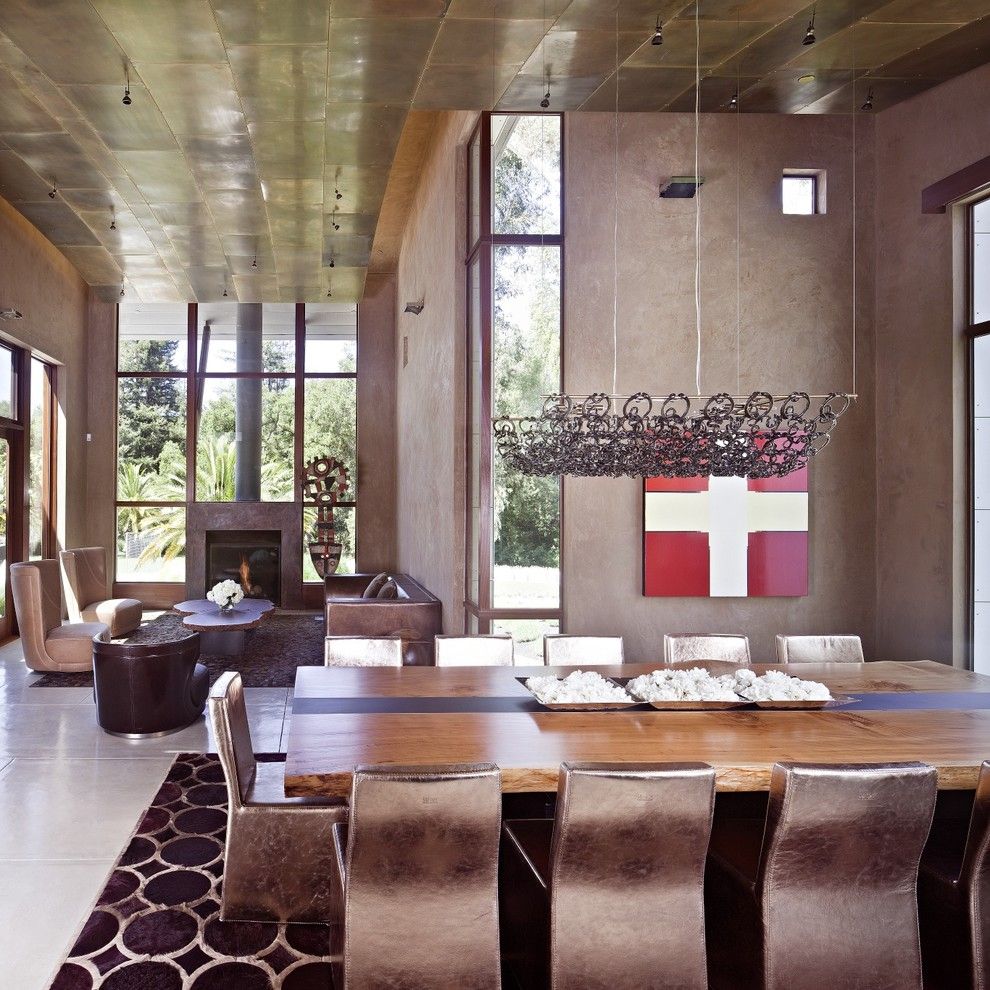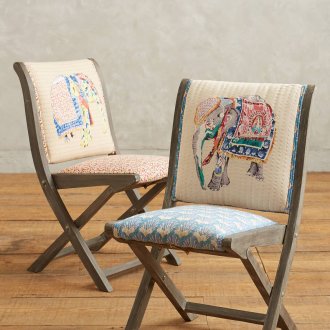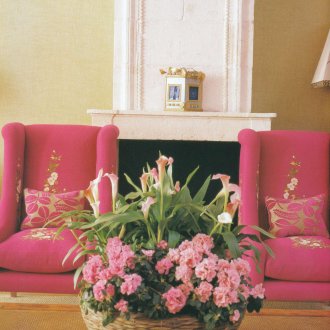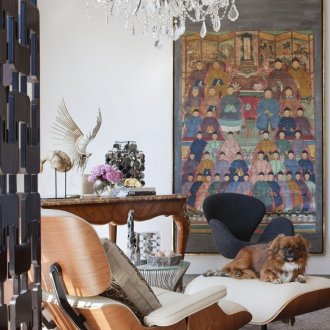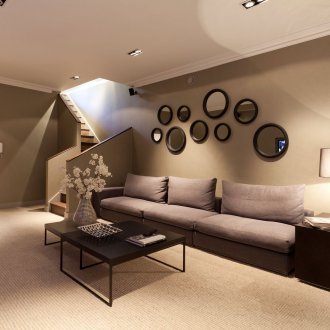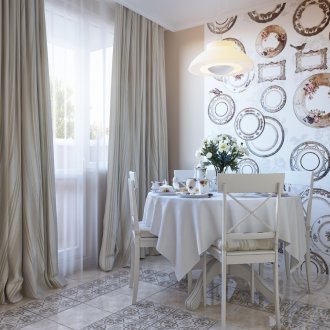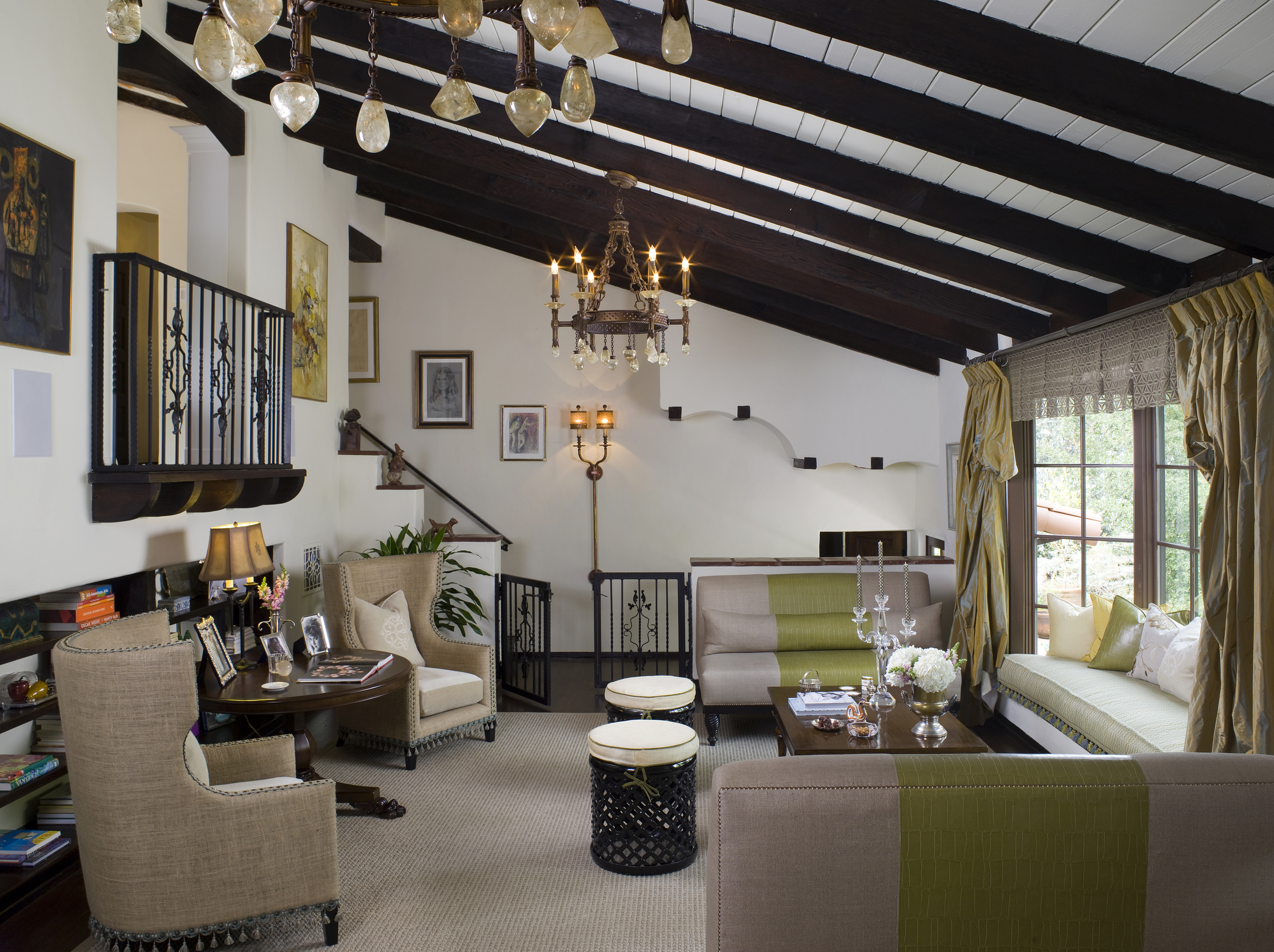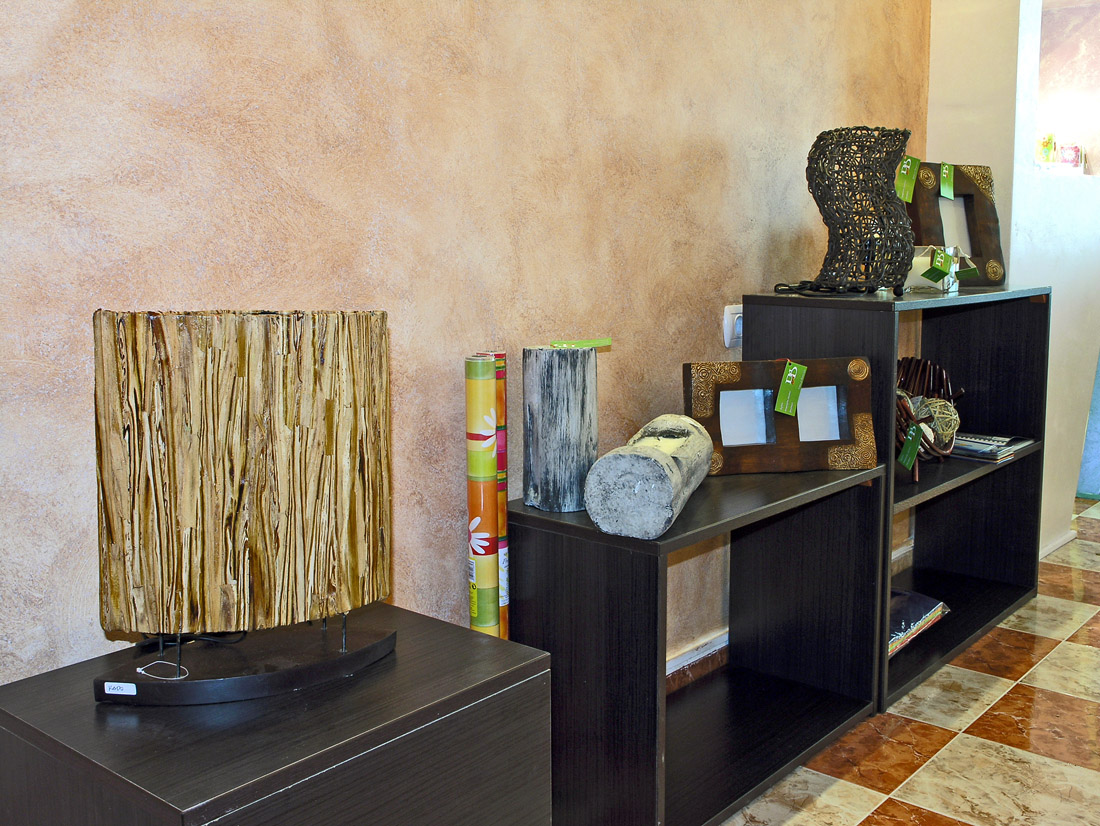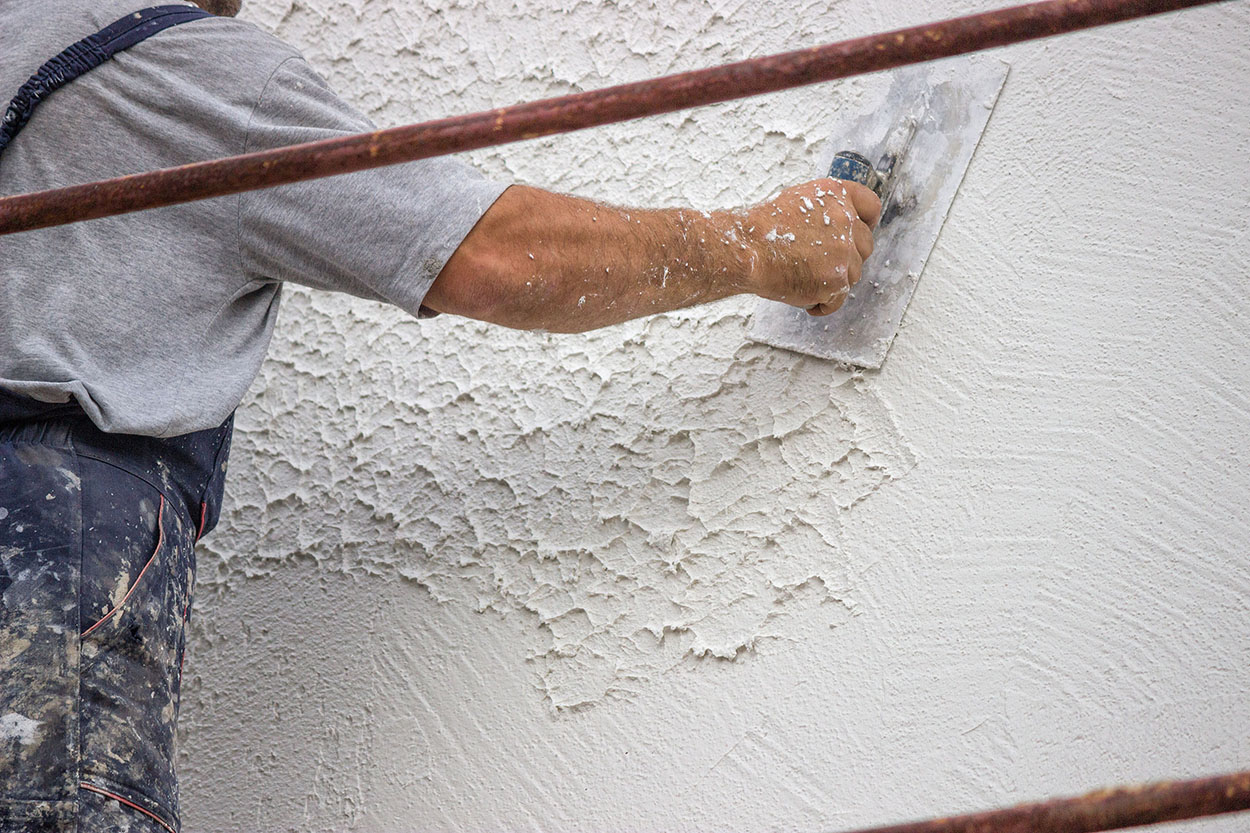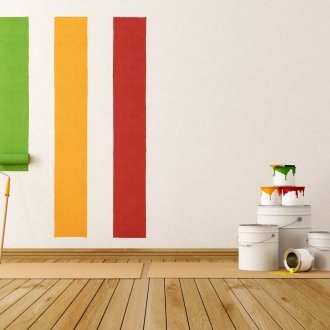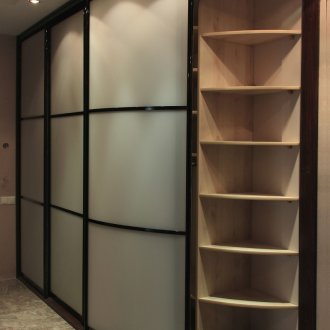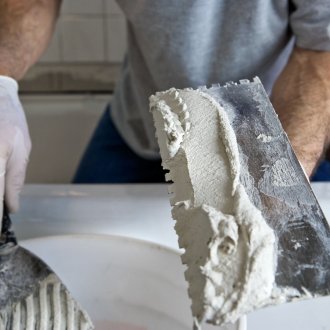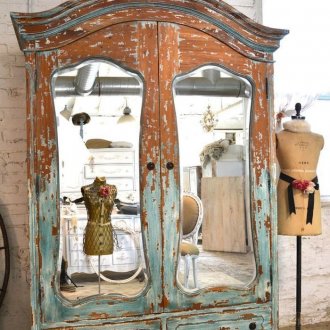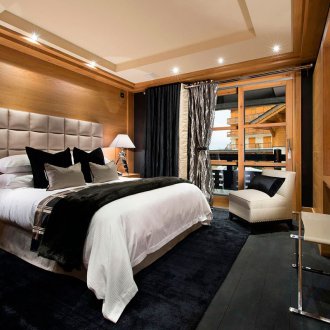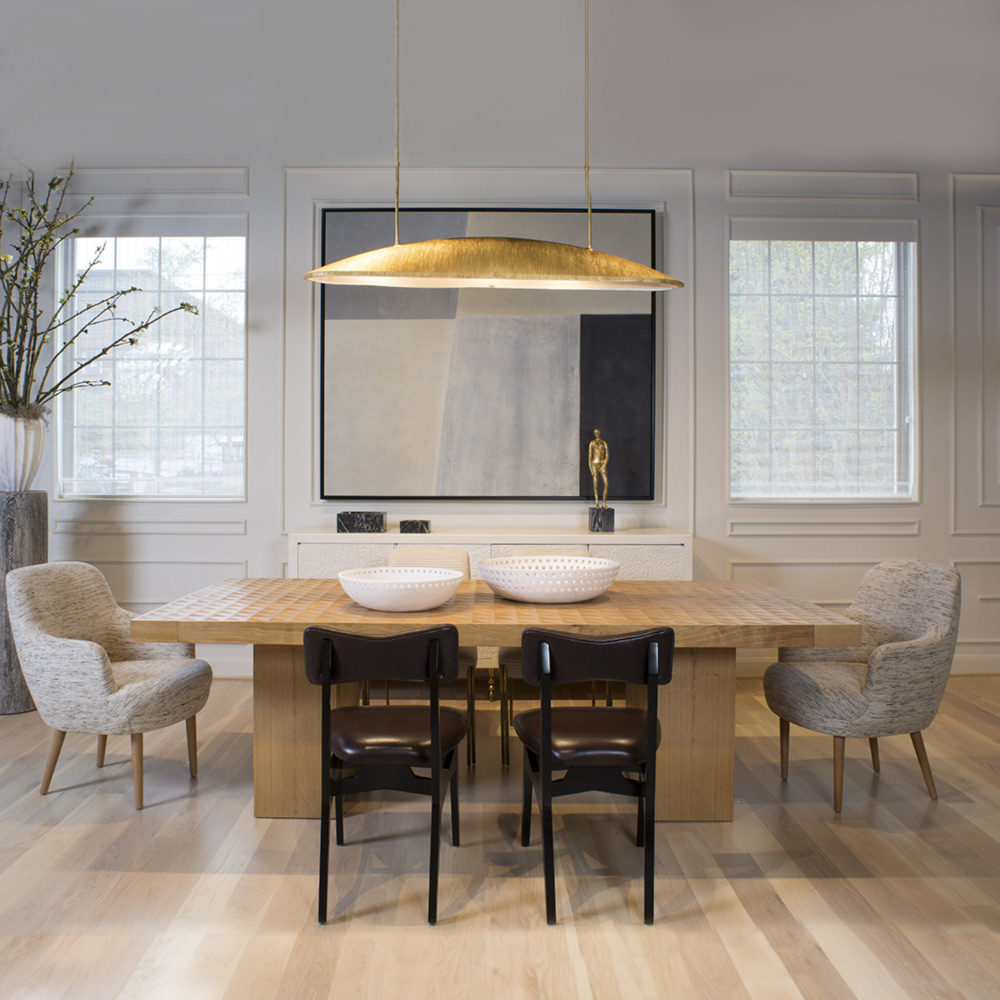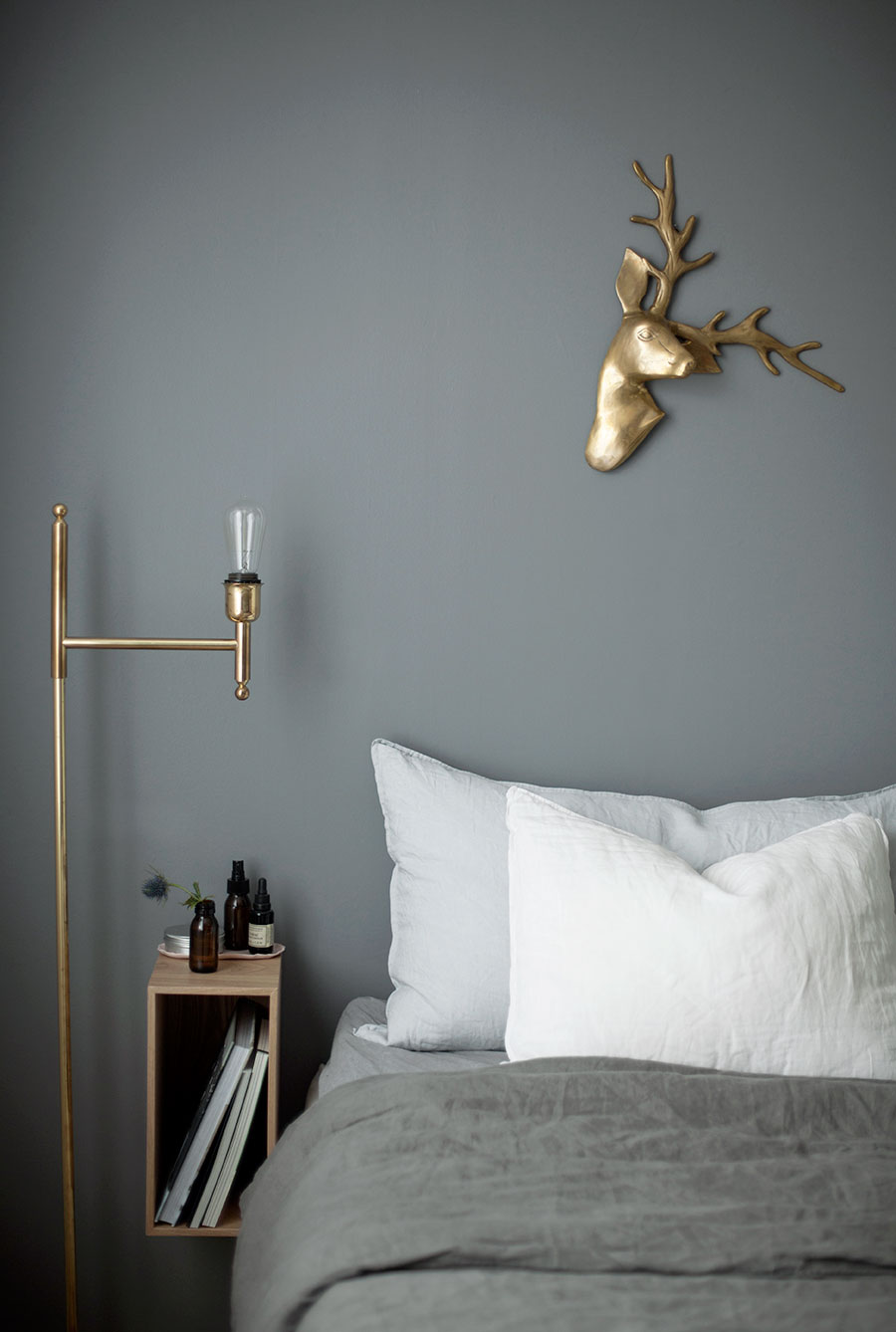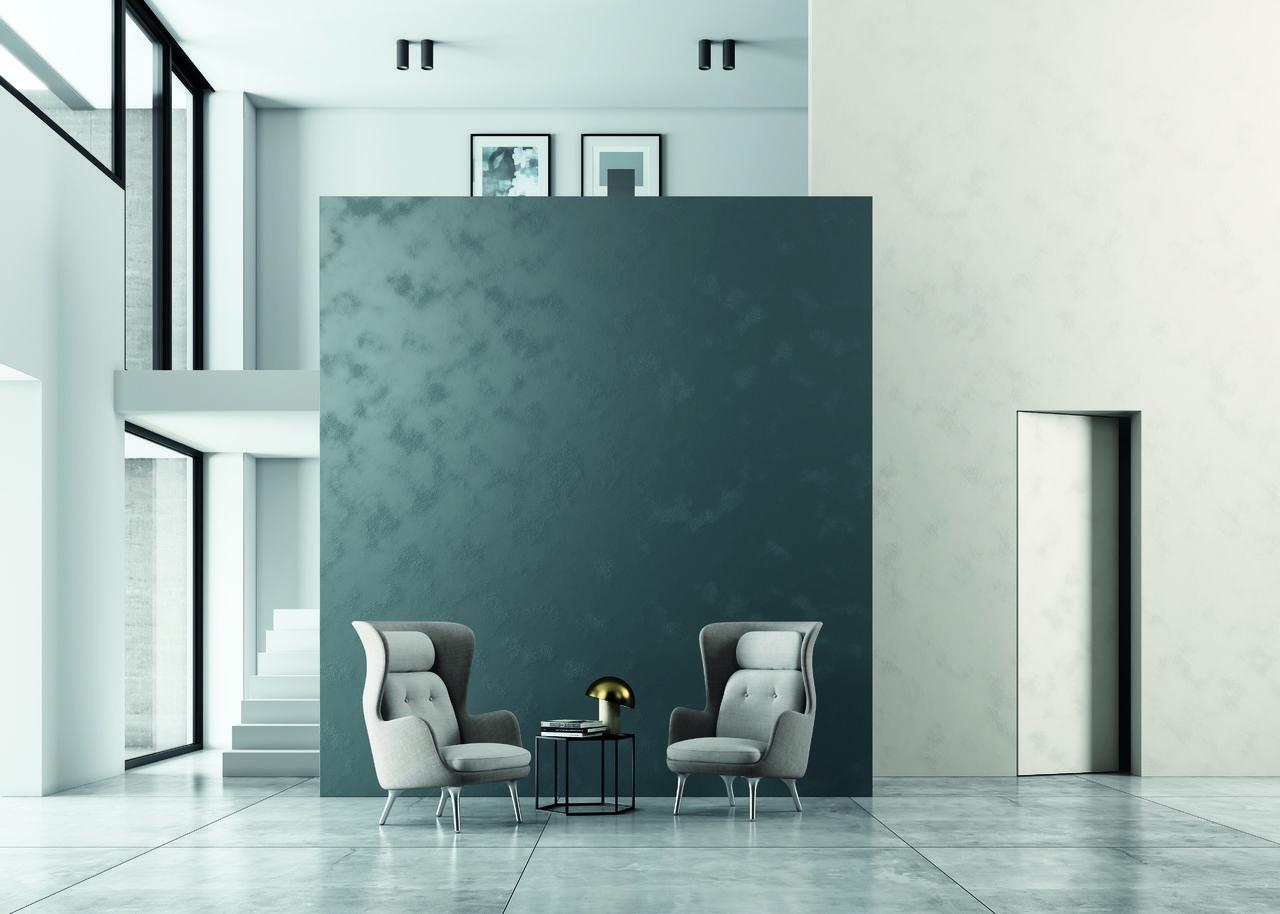Warm plaster: on guard of warmth and comfort (24 photos)
Content
Warm plaster is called a special finishing mixture, which has enhanced thermal insulation properties. It can not serve as an independent heater in regions characterized by a cold climate, but can significantly improve the indoor microclimate. Such operational capabilities arise due to the presence of porous components.
Plaster can be applied on brick, ceramic, wood, concrete surfaces.
Features of using warm plaster
Experts note the following key advantages of the material:
- certified mixtures are environmentally friendly, they do not contain hazardous substances;
- the vapor-permeable layer does not allow moisture to pass through, fungi and mold do not develop in it;
- warm plaster is easily combined with a variety of finishing materials;
- a surface is formed having a low weight and sufficient strength;
- this is a full-fledged finishing, it needs only a superficial application of vapor-permeable paint;
- special additives provide the plasticity of the finished layer, optimal adhesion;
- the material is equally good for protecting internal walls and for facade decoration;
- the mixture has high fire safety;
- as a result, a monolithic layer is formed that does not have cold bridges;
- such facade plaster can be easily restored.
The main function of the building mixture in question is to create a base for finishing, strengthening the heat-insulating properties of the surface. In winter, such measures help to prevent heat leakage, and in summer - the penetration of warm streams. As a result, the costs of air conditioning and heating are noticeably reduced, and there is no need to pre-align the walls.
The essence of the finishing material
As a result of the experiments, the ideal combination of components was derived:
- Astringents - lime, cement, gypsum in various proportions.
- Polymers are plasticizers, antiseptics, and bubble-forming ingredients.
- Fillers - vermiculite, polystyrene granules, foamed glass, sawdust, perlite sand.
- Water repellents are the compounds responsible for moisture resistance.
Small wood filings are considered the most budgetary filler, they are usually used in cases where warm plaster is made independently at home. Due to the low cost, expanded polystyrene deserves attention, it has optimal heat-insulating properties, but is combustible, so they are used with great care.
Perlite sand is a mineral filler made on the basis of volcanic glass; it needs additional protection against moisture penetration. Vermiculite also absorbs water, but it is highly resistant to fire, which is why it is widely used. Compared to analogues, foamglass has the most advantageous positions - it is not subject to shrinkage, fireproof and not afraid of wet operating conditions.
The specifics of indoor and outdoor work
Depending on the planned front of events, appropriate types of warm plasters are determined. For example, for processing facades, it is customary to use polystyrene-based mixtures containing lime and cement. This option is characterized by good moisture resistance, ease of application, low weight and affordable cost.
In solving interior problems, warm plaster for interior work, based on sawdust, shows itself perfectly. Here, the composition also includes cement, gypsum and paper, which provides enhanced adhesion to wooden and brick surfaces.
There is also a universal material - expanded vermiculite, such a warm facade plaster can be used with the same success for internal works.
You need to be careful with mixtures that have gypsum, since the latter intensively absorbs moisture, this variation is more suitable for wall decoration in living rooms, bedrooms, corridors. If there is a need for additional sound insulation of rooms, it is better to give preference to brands with a fibrous structure - in this case, the coating layer should be at least 50 mm.
When laying the material, its significant consumption is manifested: applying warm plaster with a two-centimeter layer will require 8-12 kg of the composition for processing one square meter. Accordingly, for a 4-centimeter layer you will need 16-24 kg. Usually coverage is required to solve the following tasks:
- additional strengthening of ceilings and floors;
- elimination of heat leakage from pipelines for water supply and sewage;
- additional sound and heat insulation of external and internal walls;
- insulation of door and window openings;
- sealing cracks and joints.
Warm plaster for interior work helps to bring the insulation of light walls to the level of regulatory standards. As a result, the walls are still considered single-layer, and this is a big plus.
The material under consideration helps to solve not only energy and economic problems, but also effectively eliminates the air permeability of large-block masonry (subject to bilateral plastering).
Coating technology
Non-professionals can also apply a warm composition to the walls - the process is no different from the rules for working with ordinary plaster. Manipulations are divided into several successive stages:
- preparation of tools - you will need spatulas, beacons (special strips of plastic or metal), level, trowel;
- the walls are prepared for plastering, in particular, they remove the old coating, remove dirt and bumps;
- priming the surface;
- Warm plaster for the facade or interior also needs preparation - a whole package of dry mix is placed in a large container, water is added according to the instructions. The composition is mixed with a construction mixer to a homogeneous consistency, then it must be left for 5 minutes to insist;
- the solution helps to fix the beacons, the position of the latter is checked using a taut rope or a building level. Lighthouses are needed in order to determine the potential level of the future wall, the plane that will arise as a result of applying plaster;
- a trowel is used to apply a heat-saving composition, and as a rule, relying on beacons, level the solution;
- the thickness of the layer should be no more than 2 cm, it will dry out within 4-5 hours, then a second layer can be applied.
If you neglect the last rule, there is a risk that the plaster will soon peel off.
Activities for decorating and leveling warm plaster
It should be borne in mind that warm plaster is suitable for outdoor use, and the inside also cannot be used in a “pure” form as a topcoat, and in order for the surface to gain the expected aesthetics, it needs a decorative layer.And at this stage problems may arise - a light finishing putty should have enhanced vapor permeability compared to the thermal insulation under consideration. Otherwise, moisture may accumulate. Another important requirement: the outer layer must be resistant to weathering.
In order not to make a mistake with the choice, experts recommend resorting to a tandem of mixtures from one manufacturer, then the inner and outer layers will harmonize and complement each other.
Relationship between features and components
As already mentioned above, depending on the properties of the constituent parts, the possibilities of using plaster in rooms and on facades are determined; in the latter case, indicators of counteraction to water and temperature differences are important. We must not forget that lime, cement, plasticizers, and various functional additives prevail in the composition. If we take the properties of polystyrene foam filler as a basis, we can cite the average characteristics of coatings called warm:
- specific gravity per cubic meter varies between 200-300 kg;
- water absorption in relation to the mass is kept at 70%;
- flammability index G1;
- thermal conductivity indicators - within 0.07 W / m degrees.
Pros and Cons of Material
Strengths of gypsum and other types of plaster:
- compliance with international environmental standards;
- ease of application;
- lack of dust and unpleasant odors;
- seamless surface;
- layers do not crack during the shrinkage of the building.
The downside is the need for subsequent decoration of the coating.
DIY warm plaster
Since the recipe does not imply the use of scarce components, so a plastic mixture can be made independently. If we compare the cost of materials and the price of finished packaging, the first option clearly wins. It is necessary to purchase 4 parts of a porous filler (it improves vapor permeability, does not allow moisture to accumulate, perlite or vermiculite is optimal) and 1 part of cement.
Plasticizers enhance the adhesion of the mortar to the surface being treated, thanks to this class of additives, plaster can be safely applied to facade elements with a complicated configuration. PVA glue can be an excellent alternative, it is added no more than 50 g per 10 liters of the finished mixture.
The preparation of the solution cannot be called time-consuming: initially you must carefully dilute the glue or plasticizer in water. In another container, the filler and dry cement are mixed, with a continuous operation of the mixer, a water-glue solution is uniformly introduced to them. The mixture is mixed until a uniform thick state. Like the purchased option, the plaster needs to be infused for some time.
To improve the adhesion of the applied composition, experts advise first to moisten the treated wall. Before work, the solution needs to be mixed again, it is ready if it resembles fat sour cream in terms of density.
Wall insulation using special plaster is a convenient solution in cases where delicate and non-laborious improvement of the operational characteristics of facades and interior spaces is required. Affordable cost and versatility make this type of coating a leader in the core market.


